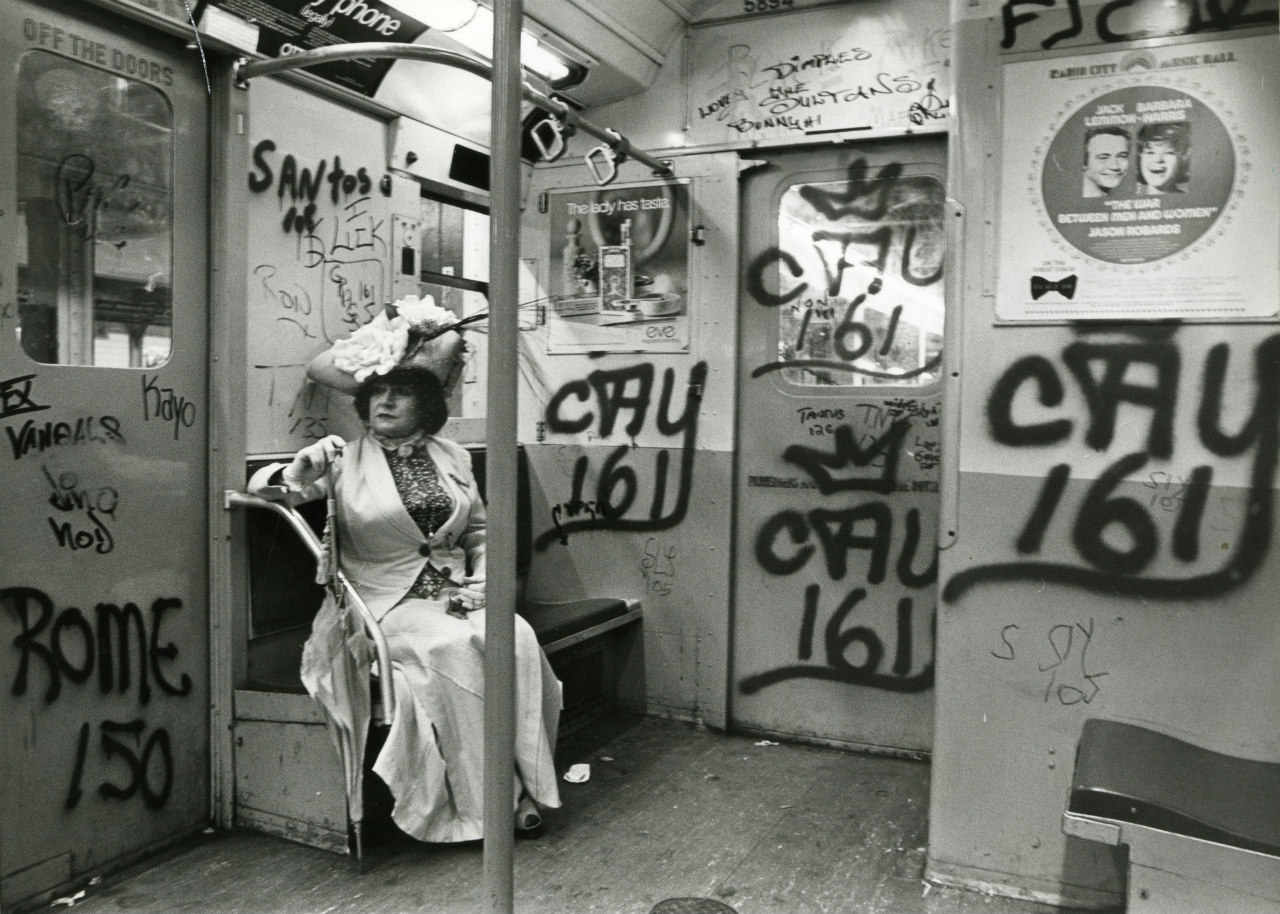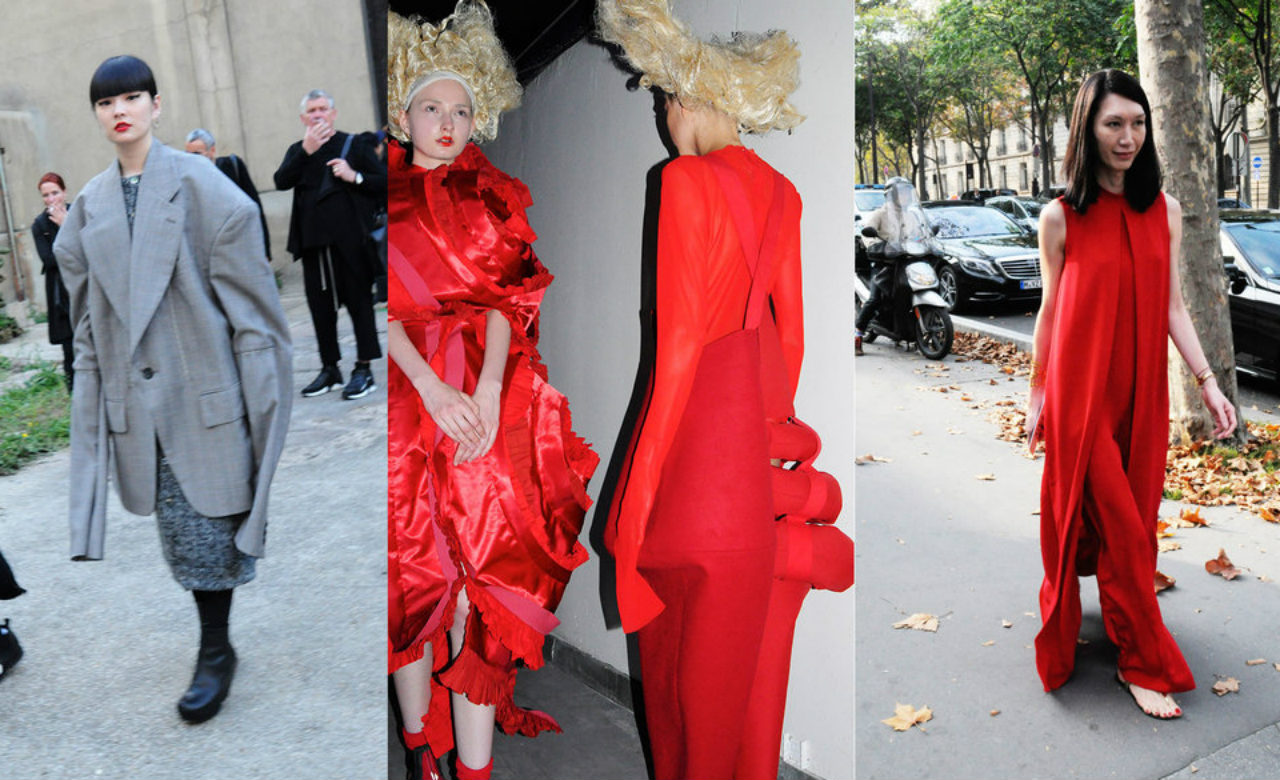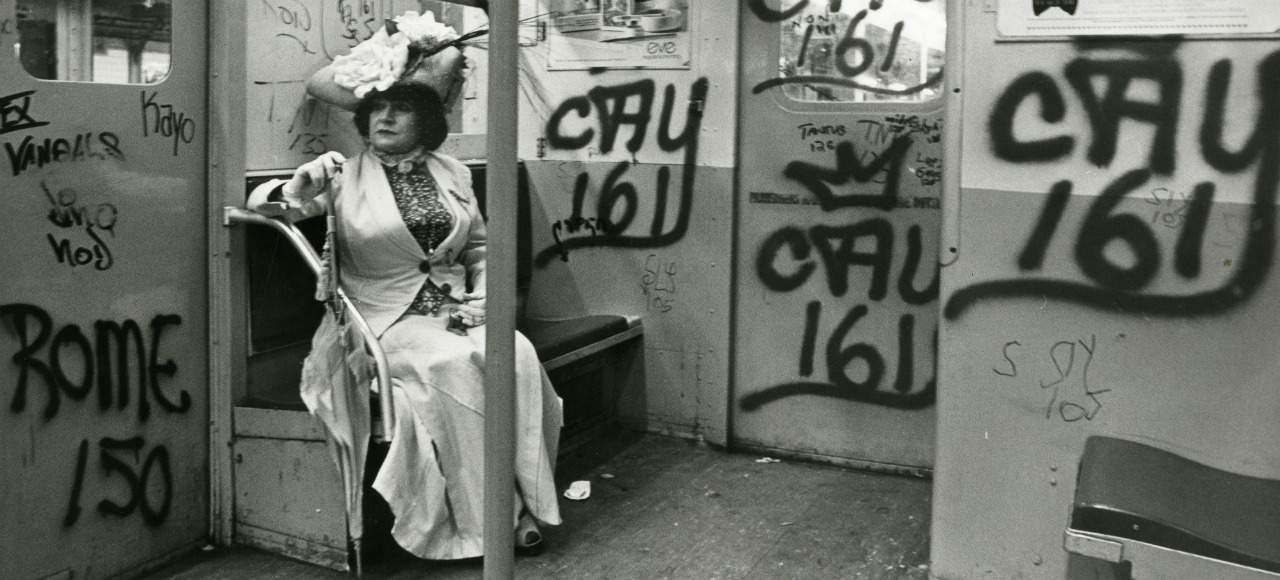Explore Legendary Photographer Bill Cunningham's Legacy in His Own Images
This week, the world farewelled New York's gamechanging street fashion photographer.
Those who were mad fans of Bill Cunningham, or watched and loved the 2010 documentary Bill Cunningham: New York (that Venn diagram is probably a single circle), would be unsurprised to hear that the legendary fashion photographer was still shooting less than a month before his death last Saturday. Cunningham's tenacity and single-minded focus, along with his modesty and warmth were just some of the things that made the street style photographer such a joy to watch.
As a reporter and historian of fashion he displayed an extraordinary depth of understanding of his subject. It's a little dismaying therefore to discover that finding photos taken by Bill Cunningham is harder than you might expect. Trawl the usual channels (Google, Tumblr, Pinterest) and inevitably nearly every image will contain a telltale flash of blue — the French workman's jacket that Cunningham made his now-iconic uniform. Though I can't blame anyone for wanting to swoon over Cunningham himself, it seems fitting to honour the reluctant celebrity by turning our attention back to his work — if nothing else, there's no doubt that's what he would have preferred.

William J. Cunningham, Facades, Penguin Books, 1978.
NEW YORK IS ITS OWN STAGE
Cunningham's muse, friend and co-star Editta Sherman poses in full Edwardian get-up in this shot from Cunningham's 1978 book Facades. Many of the photographs from the book depict authentic period costumes (which Cunningham himself had collected) placed against a backdrop of iconic New York architecture. The photos are contemplation on a city that, perhaps more than any other, has made progress and modernity into an aesthetic. Though Cunningham is better known for his (generally) unstaged street photography, this photo of the Lady Bracknell-esque Sherman includes elements of the photographer's sense of humour which are familiar. Note the advertisement hanging on the graffitied subway car above Sherman: "A woman of good taste".

Bill Cunningham, Vogue, (Conde Nast, March 1974).
AMERICAN FASHION "OOZES VITALITY"
If you're interested in 20th century fashion history then don't walk, RUN to watch this 2014 interview in which Cunningham describes "the most exciting fashion show" of his life. Cunningham is momentarily reduced to tears as he recalls details of the 1973 'Battle of Versailles' fashion show, in which French and American designers were pitted against one another. The two nations' designers represented two different fashion ideologies, and Cunningham wasn't shy about naming his victor. In the Chicago Tribune, he wrote that the Yanks "devastated" their French counterparts, with their "uncluttered American taste oozing vitality". Halston was among the American contingent who showed at Versailles, and though this 1974 photograph by Cunningham displays the more overt, embellished glam of the coming decade, one can still recognise in the dress' cut the kind of simplicity of design that Cunningham was still championing 40 years later.

Bill Cunningham, 'Make Your Own Art: On the Street', New York Times (OCT. 31, 2014)
FASHION NEEDS EXPERIMENTATION TO AVOID SIMPLY BEING COMMERCE
So here's a fun fact: Bill Cunningham literally invented the application of the word 'deconstructionism' to fashion (Bonnie English, Japanese Fashion Designers: The Work and Influence of Issey Miyake, Yohji Yamamoto and Rei Kawakubo, Berg, 15 Aug. 2013 , p.170). It is a rare thing indeed to encounter someone with so fierce, varied and long-lasting an appetite for fashion. In a 1989 video interview, Cunningham described how he first recognised parallels between the early 1980s designs of Rei Kawakubo, and the clothes worn by New York's homeless women. His tone is not uncritical as he makes this extraordinary observation, but you can also detect his exhilaration as he goes on to make a further link to the proportions of medieval European dress. More recently in his 'On The Street' video series for the New York Times, Cunningham showed his continued fascination with the avant-garde by comparing the red of mainstream fashion to Kawakubo's "blood and roses". He concluded: "Fashion as we know it today is absolutely commerce. Very little artistic expression. Lots of it is very beautiful and women look wonderful in it. There's nothing wrong with that! But you have to have this wild experimentation."

Bill Cunningham, 'Dashing', New York Times (February 24, 2012).
COLOUR IS POWERFUL AND DEMANDS YOUR RESPECT
Many of Cunningham's most enticing collage spreads for the New York Times were based around a colour theme. Cunningham sensitivity to and appreciation of colour was something else. In 1965, the New York Times reported on a presentation given by Cunningham at Carnegie Recital Hall (the same building in which he lived and from which he was evicted in 2010). Cunningham spoke to an audience of fashion designers and students and described the colours he had seen at the recent Paris couture shows. To illustrate the colours he "sliced a pumpkin in half, peeled a banana and held up a raw beefsteak to illustrate the major colours…", documented by Bernadine Morris in her 'Two Views on Fashions: One Scholarly, One Pop' piece. Cunningham never lost his voracious appetite for fashion, and it's hard to imagine that we'll see his like again.





